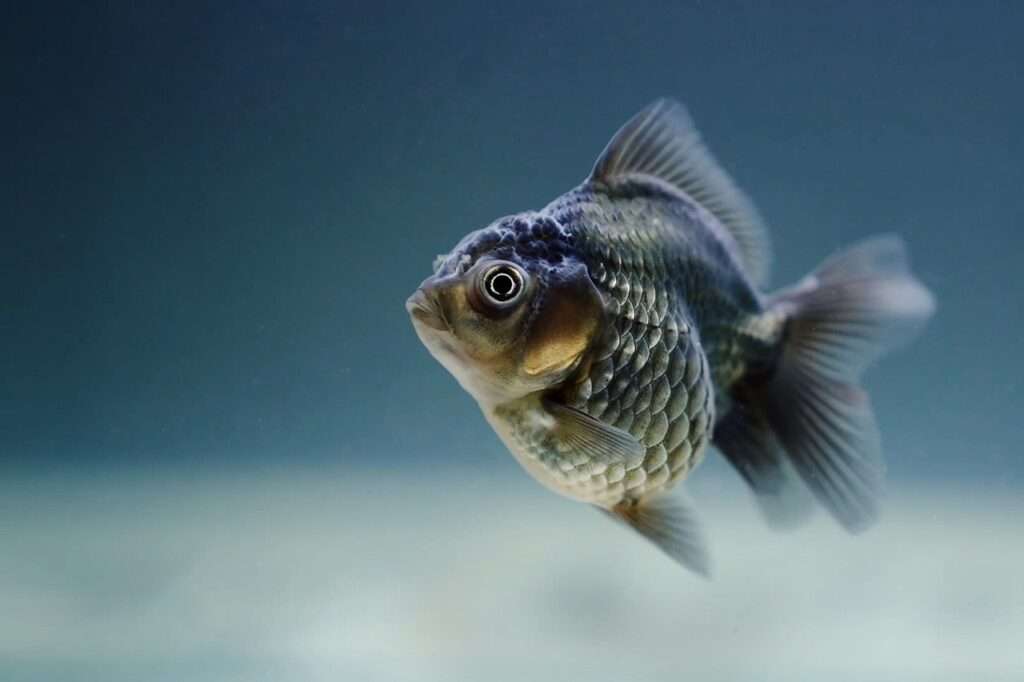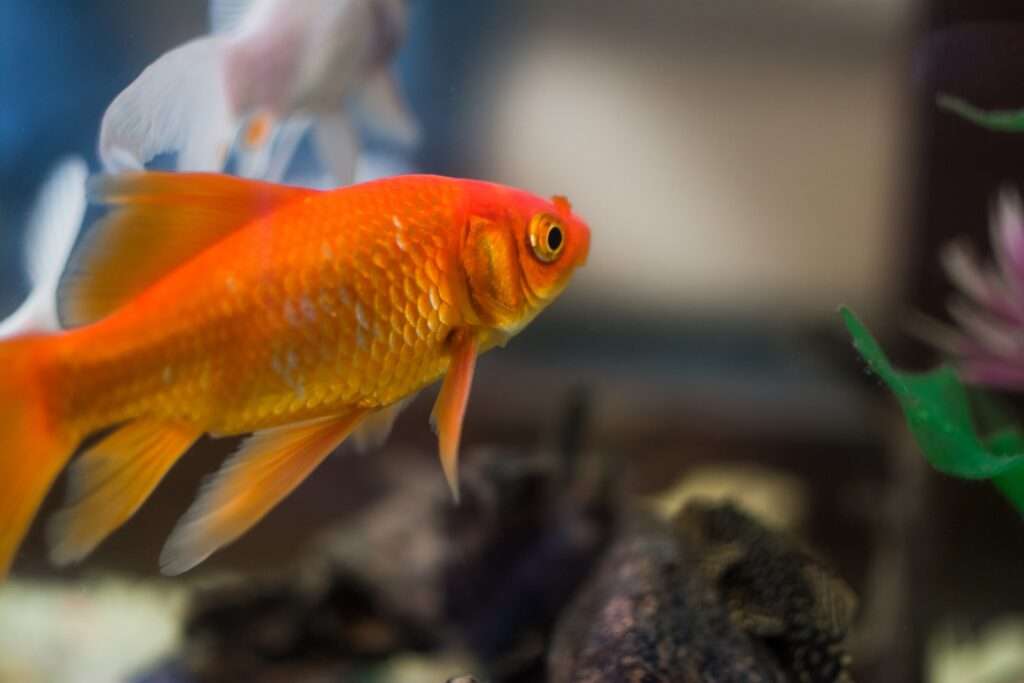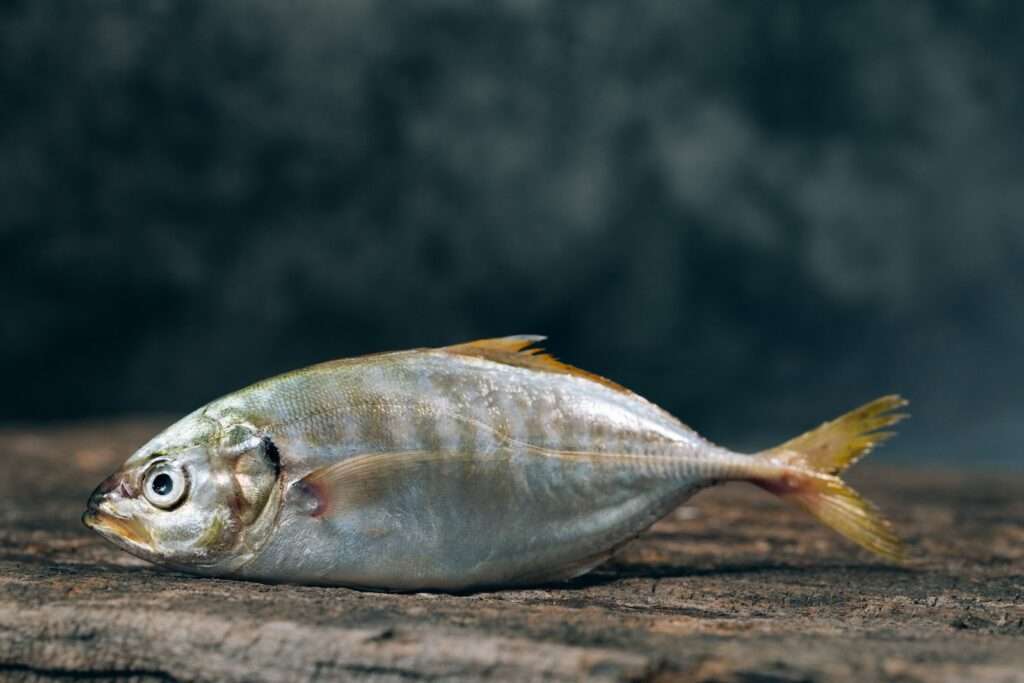Research has shown that understanding and optimizing the social dynamics of fish tank feeding is crucial for the overall health and well-being of your aquatic pets. Fish, like many other animals, have complex social structures and behaviors that can greatly impact their feeding patterns and overall health. By gaining a deeper understanding of these dynamics, fish owners can provide the best possible care for their aquatic companions.
One of the key factors influencing fish feeding behavior is the social hierarchy within the tank. Many fish species have a dominant individual or individuals that will assert their dominance during feeding time. This can lead to aggression and competition for food, which can negatively impact the health and well-being of other fish in the tank. It is important to observe and assess the behavior of your fish during feeding to ensure that all individuals are receiving adequate nutrition and are not experiencing stress or aggression.
Observing and assessing fish feeding behavior can be done by closely monitoring the interactions between fish during feeding time. Look for signs of aggression, such as chasing, biting, or fin nipping. These behaviors can indicate that some fish may not be receiving their fair share of food or may be experiencing stress. It is also important to observe the feeding habits of individual fish. Some fish may be more aggressive eaters and may require separate feeding areas or specialized feeding techniques to ensure that all fish are receiving adequate nutrition.
Optimizing the social dynamics for successful fish tank feeding involves implementing effective feeding strategies and addressing any issues related to aggression or stress. One of the best practices for feeding multiple fish species in the same tank is to provide multiple feeding areas or stations. This allows fish to feed without competition and reduces the likelihood of aggression. It is also important to ensure that all fish are receiving a balanced diet that meets their specific nutritional needs.
Feeding frequency and portion size are also important factors to consider. Fish should be fed small, frequent meals throughout the day to mimic their natural feeding patterns. Overfeeding can lead to water quality issues and can also cause health problems for fish. It is recommended to feed fish small amounts of food that they can consume within a few minutes and to remove any uneaten food to maintain water quality.
If you notice aggressive behavior during feeding time, it is important to address the issue promptly. This may involve separating aggressive individuals or providing additional feeding areas to reduce competition. It is also important to ensure that all fish are receiving adequate nutrition and that there are no underlying health issues causing the aggression.
Fish tank feeding strategies can be adjusted based on the age or species of fish. Young fish may require more frequent feedings and smaller portion sizes, while larger or predatory fish may require larger meals. It is important to research the specific feeding requirements of each species of fish in your tank and adjust your feeding strategies accordingly.
There are also alternative feeding methods that can enhance the social dynamics in your fish tank. For example, using floating pellets or slow-release feeders can encourage fish to feed at different levels of the tank, reducing competition and aggression. Live or frozen foods can also provide enrichment and stimulate natural feeding behaviors.
In conclusion, understanding and optimizing the social dynamics of fish tank feeding is crucial for the health and well-being of your aquatic pets. By implementing effective feeding strategies, addressing any issues related to aggression or stress, and closely observing the behavior of your fish, you can create a harmonious environment that promotes the overall health and vitality of your fish. Remember to research the specific feeding requirements of each species in your tank and make adjustments as needed to provide the best possible care for your aquatic companions.









